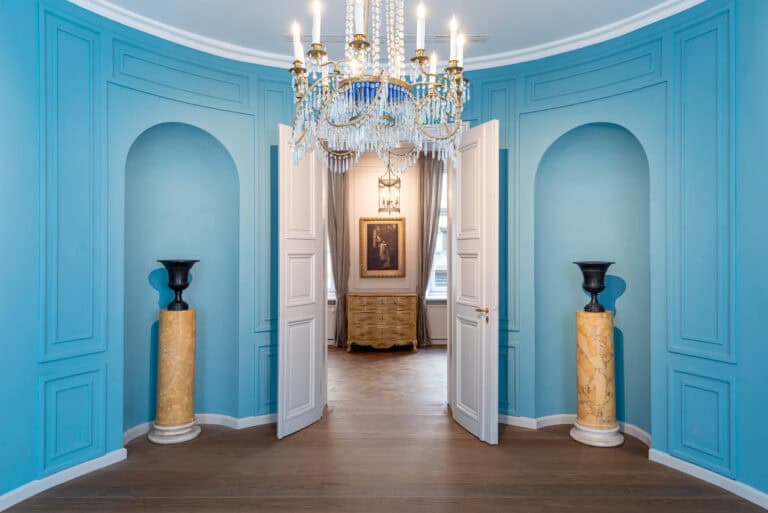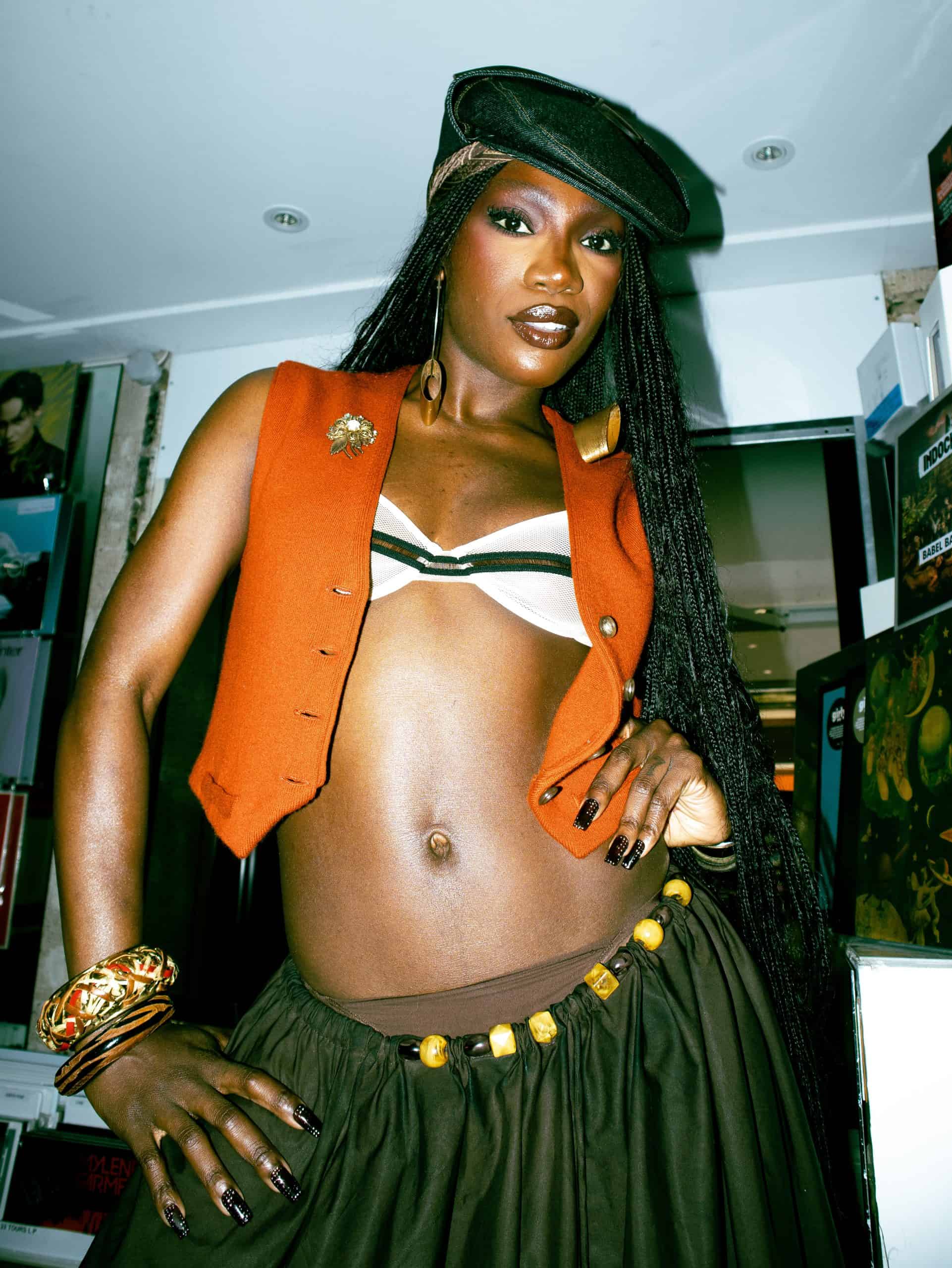
UNDRESSED TO IMPRESS
Marie Loire Moulin
Undressed to impress. Since the 1990s, female US rappers have navigated a world where visibility often demands sensuality. When Lil’ Kim posed in pasties or when Foxy Brown rhymed in lingerie, they weren’t just provocateurs, they were strategists, claiming space in a genre that rarely offered it freely. Yet today, the question remains: in hip-hop, does skill alone get a woman seen? While artists like Cardi B or Megan Thee Stallion embrace sex appeal on their terms, others wonder whether this freedom is real or rehearsed. Because in rap, the gaze is rarely neutral, it watches, rates, and buys. As new voices rise, some reclaim sexual expression. Others reject it or redefine it. But still, to be a woman in rap is to walk a line between agency and expectation, where beats compete with body image, and the mic is only half the battle.
SEXUALIZED TO RISE?
So, in Undressed to Impress we ask: what happens when a woman enters rap without playing the game? If she stays fully clothed, avoids hypersexualized visuals, and writes about struggle or politics, can she reach icon status as fast, and as widely, as a Cardi B? It’s not that women like this don’t exist. They do. But their path is harder, longer, and often less visible. They’re respected before being celebrated. Admired, but not hyped. Because the industry still amplifies what it already knows how to sell: bodies, spectacle, fantasy. And when you remove that, you often remove the very currency that turns a rapper into a pop culture event.
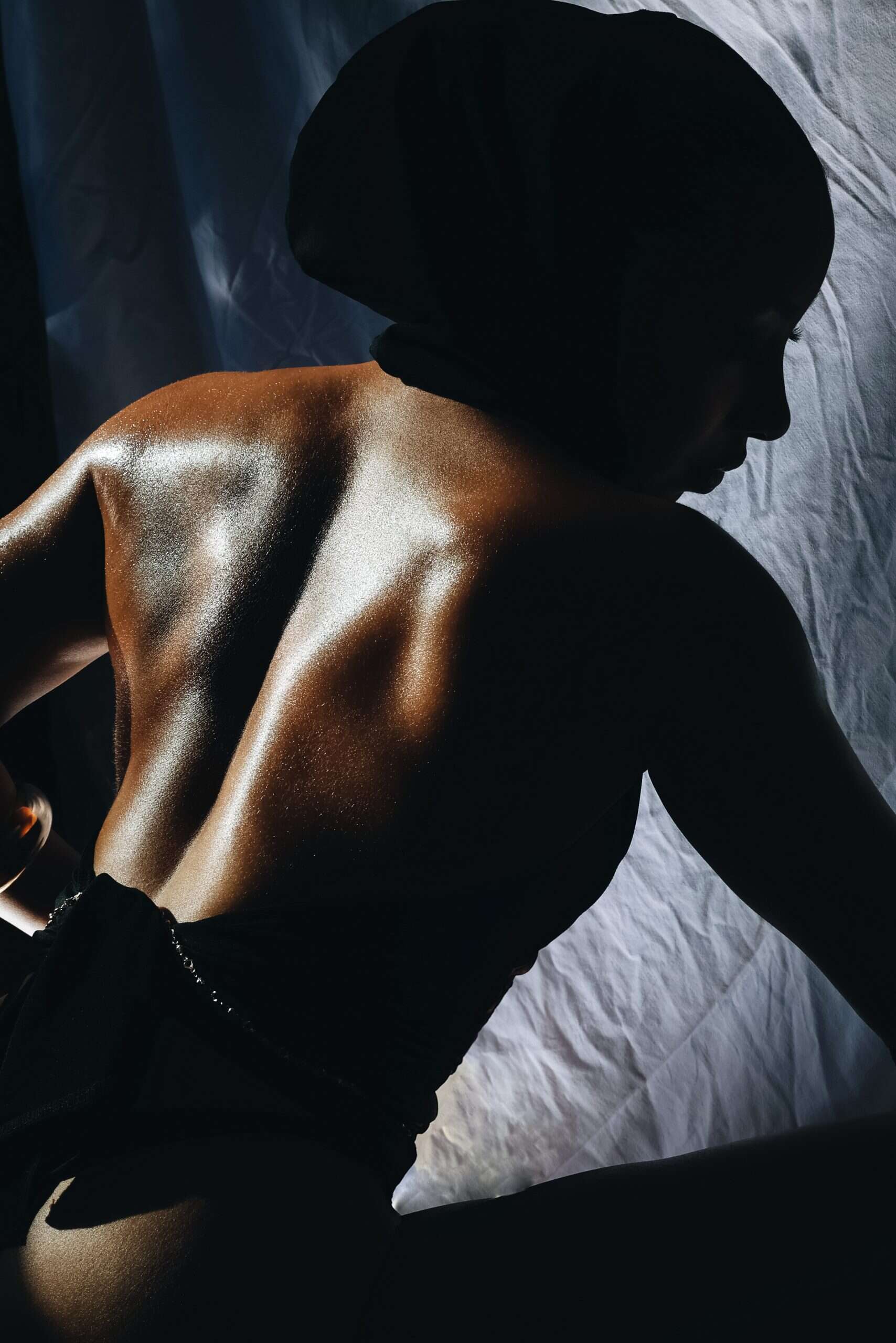
@stl.gzl captured by @laurie.kay_, makeup by @jaadeglam.
Take Doja Cat. Her recent shift toward a darker, shaved-head, demon-core aesthetic sent shockwaves through fans and brands alike. Gone were the pink wigs and girly choreographed content, replaced by raw visuals, sarcasm, and a refusal to be “pretty on demand.” Many called it a breakdown. Others just wanted the old Doja back, the hyper-feminine, flirty version that fit better in the feed. But her transformation wasn’t chaos, it was control. A public claim of “my body, my choice”, even if the body stayed sexualized, the gaze no longer felt invited. And still, we wonder: would Doja have reached this level of fame if this had been her starting point? If she had debuted bloodied, bald, ironic, and dark? Or did she first have to play the game, be the fantasy, before bending the rules?
THE DOUBLE STANDARD IN US FEMALE RAP
Nicki Minaj is a powerful example that a woman can embrace sexual expression without being defined by it. Her lyrics, her sharp wit, her unapologetic confidence, that’s what people remember. Indeed, she became a legend in a male-dominated industry by taking control of her image and making it hers. So why do artists like Ice Spice, and many of today’s buzzworthy female rappers, often struggle to last? What separates longevity from hype? Moreover, what role do labels play in manufacturing personas that sell but don’t stick? Unlike Nicki, many new acts feel shaped for the audience rather than by the artist. However, the lasting impact seems to come from creative ownership, not just of the music, but of the message.

CURVES, CLICKS, AND CONTROL
Ice Spice is one of the most talked-about names in recent rap. Her rise was instant, fueled by a signature look, TikTok hits, and a ghetto, flirtatious energy that felt both raw and street-smart. But her popularity hasn’t been consistent. When she lost weight, the conversation shifted. Suddenly, people weren’t talking about her bars or beats, they were focused on her body. Her tracks gained less traction online. When she regained her curves, many celebrated what they called the return of “the real Ice Spice.”
This shift suggests that her public image may have played a bigger role in her appeal than her music alone. Unlike Nicki Minaj, who has long maintained strong creative control over her persona, Ice Spice could appear like she’s more shaped by external perceptions. Moreover, when audiences shift their attention based on her appearance, they reveal deeper issues about how the hip-hop world receives women, and how easily visual identity can overshadow their artistry.
BODIES TALK LOUDER THAN BARS
Of course, not all bodies in rap are sculpted or sexualized. Some are defiant, and ambiguous. They speak differently, in sweatpants, crop tops, grills, or scarves. And that, too, is a performance. For example, U.S. rapper Doechii blends streetwear and bold visuals without over-relying on obvious sex appeal. Meanwhile, UK artist Little Simz, often in hoodies and minimal glam, wields raw honesty to carve critical acclaim. Women who produce, direct, and shoot their own visuals reclaim sensuality as a narrative tool, not a prerequisite. Still, these stories remain exceptions, not the norm, in an industry where packaging often trumps perspective.
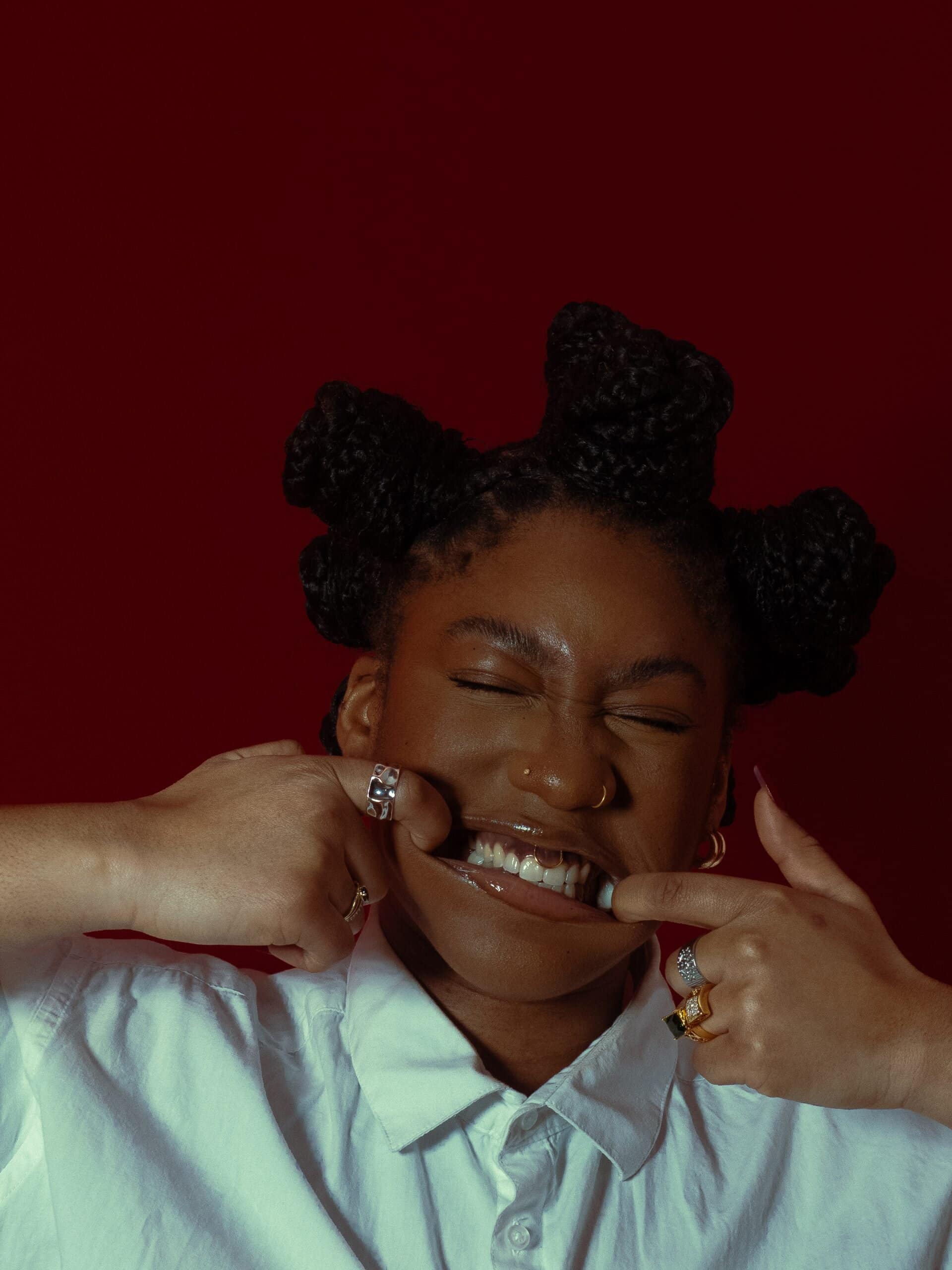
TIME FOR FUNNY FACES — Jeanne Saindou photographed by Kloé Camier
But maybe the real question lies not just with the artists, but with us. As viewers, fans, and followers, what do we choose to amplify? When a woman leans into her sexuality, is it a feminist act of control, or a reflection of what the industry still demands to pay attention to? If she’s sexualized either way, is reclaiming that image a form of freedom, or a clever adaptation to survive within the same frame? And when we celebrate those images, are we applauding autonomy, or reinforcing an old logic dressed in empowerment? There may not be a single answer. But the questions are worth keeping open.
DO WE PRAISE THE ART, OR THE SEXUALIZED IMAGE?
So, in Undressed to Impress we analyze where we draw the line between empowerment and exploitation. When the artist chooses, owns, and frames her sensuality, she uses it as a form of power. But when the industry or market dictates it, they strip her of agency and reduce her to an image, not a voice. Here’s the paradox: male artists, especially in US rap, often build their success by hypersexualizing women in their lyrics and videos. They don’t need to sexualize themselves. No one questions their talent. No one reduces their artistry to their body. So why do we expect women to bare more to be heard?
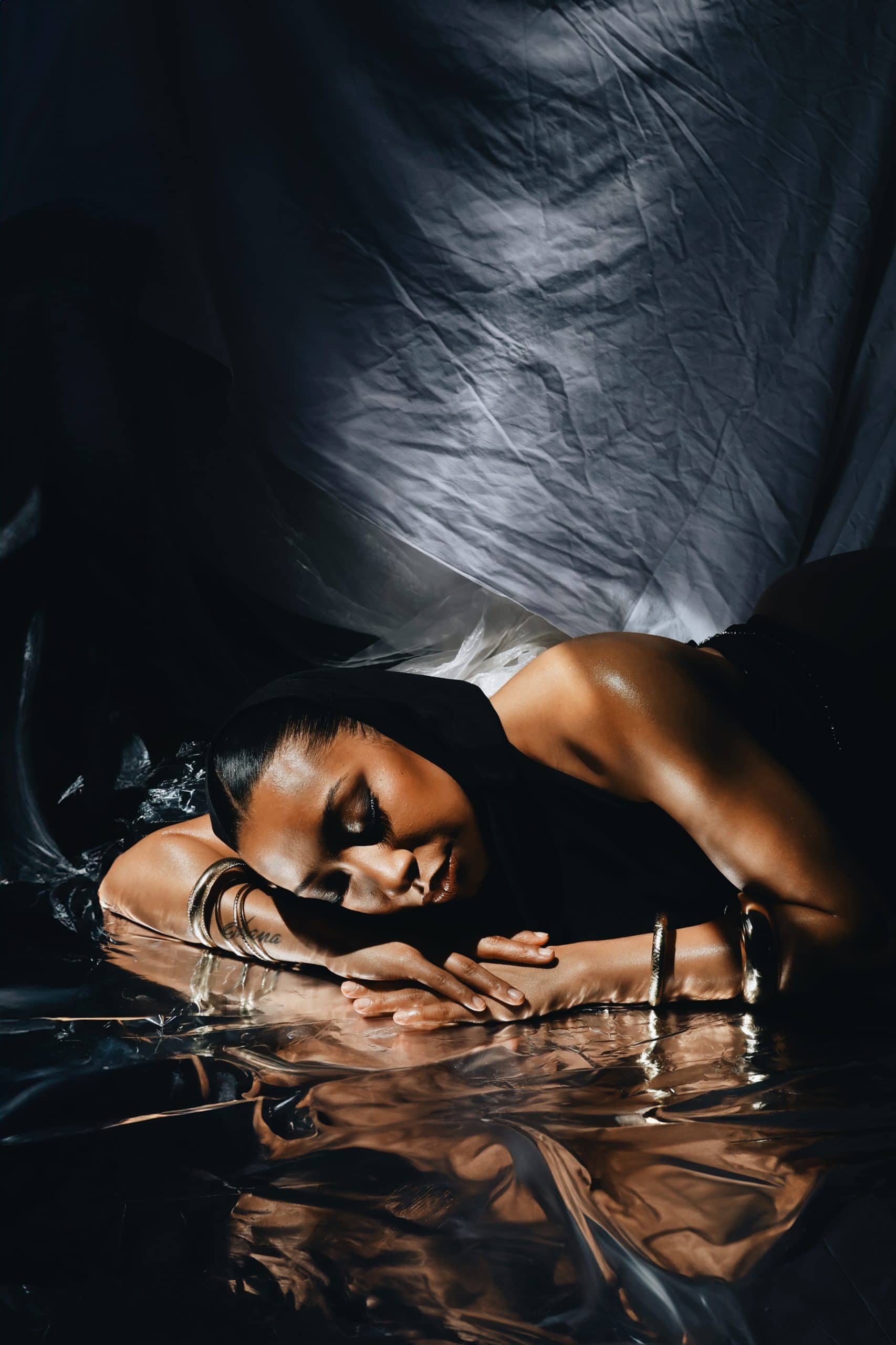
@stl.gzl captured by @laurie.kay_, with makeup by @jaadeglam.
If we want things to change, we need to change what, and who we celebrate. If audiences actively support women who don’t center their appeal around sexualization, we send a signal: you can succeed by being real, and unfiltered, without playing into an image that isn’t yours. You can be bold and sensual, yes, but only if it’s truly yours. Just as power lies in self-definition, erasure begins when others define you. Ultimately, it’s not about being sexy, it’s about who decides. When your words, your sound, and your persona align, you’re more than a product. You’re an artist. And that, above all, is what we should champion.
SHAPING THE MEANING, SHAPING THE CULTURE
At its core, hip-hop was born from resistance, a voice for the unheard, a rhythm for the streets, a mirror held up to power. It wasn’t about being seen. It was about being heard. But today, some artists seem undressed to impress, navigating a culture where exposure becomes currency, and visibility can overshadow voice. Of course, cultures evolve, and aesthetic codes shift. That’s the nature of time. But evolution offers choices, and every choice shapes the future we help create. What we consume, celebrate, or ignore doesn’t just reflect trends. It reflects values. And the unconscious decisions we make, in likes, views, and shares, build the stage that others will have to perform on. So the question isn’t whether change is happening. It’s what kind of change we’re helping to write.
Doechii’s in Undressed to impress, picture courtesy : Doechii in Paris, Captured by Kloé Camier, this portrait reclaims sensuality with unapologetic force, fashioning power from every pose.
Did you enjoy Undressed to Impress? For more on iconic presence and lasting influence, discover Teresa Lourenço’s story.
Share this post
Marie Loire Moulin approaches fashion as an immersive language—one that expresses identity, character, and cultural influence. Echoing Jean Cocteau’s observation that “Fashion is what goes out of fashion,” Moulin embraces the paradox at the heart of her craft. For her, fashion is a living, breathing art form—constantly deconstructed, reimagined, and reshaped in response to the world around it.
What fuels Marie Loire’s creativity is the ability to blend worlds—to explore the intersections of fashion, technology, history, and art. She is inspired by how these disciplines collide to generate experiences that are not only visually compelling, but also deeply purposeful.
Moulin is particularly drawn to artistic expressions that serve as bridges—linking cultures, fusing tradition with innovation. Sustainability, for her, is not a buzzword but a foundation. She sees it as a long-term commitment to thoughtful creation, not a passing aesthetic.
As a stylist working with actors on film sets, Marie Loire thrives on transforming a director’s vision into living, breathing characters. Through wardrobe and silhouette, she builds atmospheres that tell stories—stories of emotion, intention, and presence.
Her creative drive extends into virtual reality and immersive art, where she explores how emerging technologies can shift perception and spark connection across cultural boundaries. For Moulin, the digital realm is just another canvas—one that, when used with care, has the potential to resonate as powerfully as the physical world.
Whether on set or in virtual space, Marie Loire seeks originality and depth. Her work is marked by richly layered references, a reverence for detail, and a belief that fashion—at its best—can speak not just to the eye, but to the mind.
Read Next


